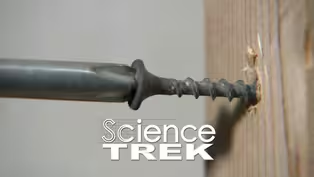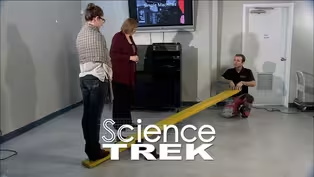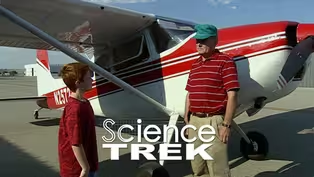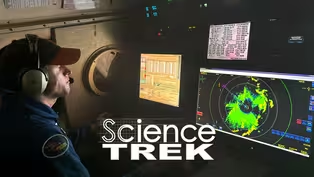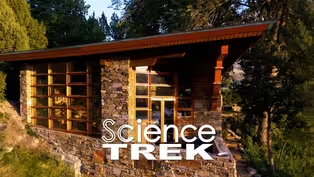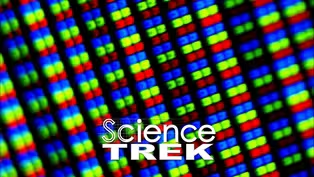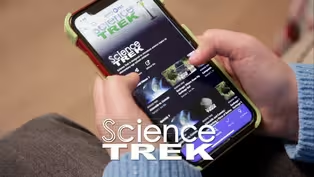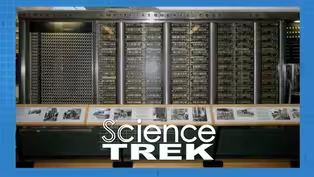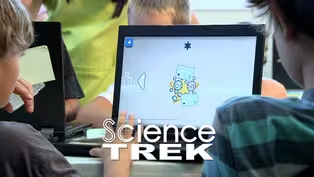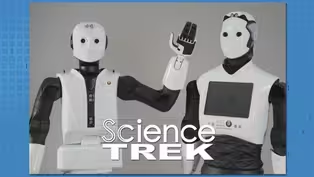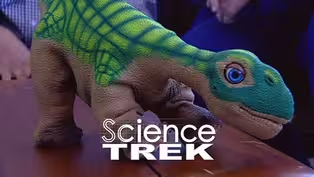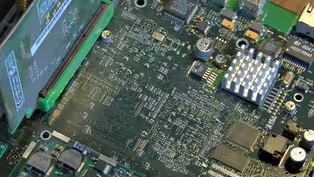
Computers
Special | 28m 48sVideo has Closed Captions
Find out more about how computers work in this Science Trek episode.
The computing power in today’s cell phones is much higher than all the processing power of all the computers on the Apollo 11 Lunar Lander that put two men on the moon. Computers can be found in almost everything. But how does this amazing technology work? On this month’s Science Trek, host Joan Cartan-Hansen and her guests will answer students’ questions about computers.
Problems playing video? | Closed Captioning Feedback
Problems playing video? | Closed Captioning Feedback
Science Trek is a local public television program presented by IdahoPTV
Major Funding Provided by the Laura Moore Cunningham Foundation

Computers
Special | 28m 48sVideo has Closed Captions
The computing power in today’s cell phones is much higher than all the processing power of all the computers on the Apollo 11 Lunar Lander that put two men on the moon. Computers can be found in almost everything. But how does this amazing technology work? On this month’s Science Trek, host Joan Cartan-Hansen and her guests will answer students’ questions about computers.
Problems playing video? | Closed Captioning Feedback
How to Watch Science Trek
Science Trek is available to stream on pbs.org and the free PBS App, available on iPhone, Apple TV, Android TV, Android smartphones, Amazon Fire TV, Amazon Fire Tablet, Roku, Samsung Smart TV, and Vizio.
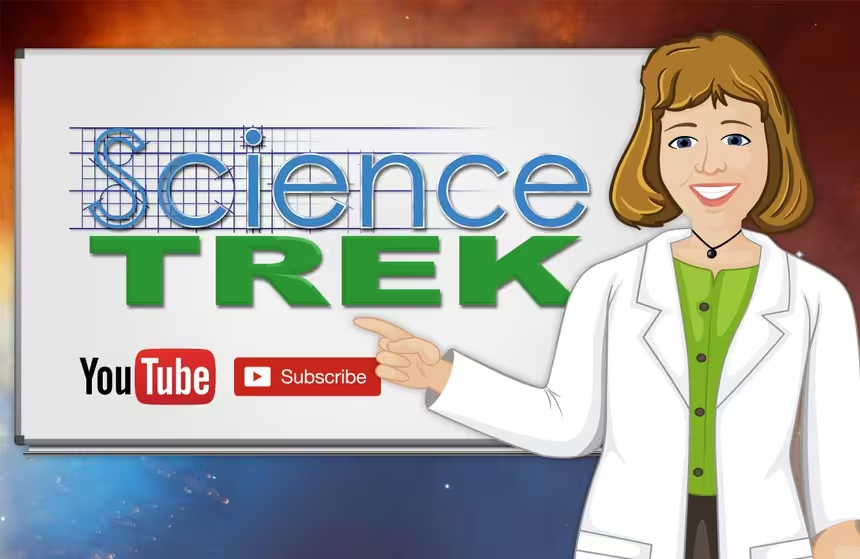
Science Trek
Science Trek is a place where parents, kids, and educators can watch short, educational videos on a variety of science topics. Every Monday Science Trek releases a new video that introduces children to math, science, technology, engineering, and math (STEM) career potentials in a fun, informative way.More from This Collection
Science can be used for practical purposes to makes our live better. Engineers and scientists have developed all kinds of machinery and equipment, everything from zippers to computers. Find out how specific technology is developed and used.
Simple Experiments with Simple Machines
Video has Closed Captions
Experiment with simple machines. (5m 32s)
Video has Closed Captions
What does it take to fly a plane into a hurricane? (6m 35s)
Video has Closed Captions
Architects borrow from nature all the time. Find out how. (6m 26s)
Television & Streaming: It Starts with Dots
Video has Closed Captions
How does the picture get from the broadcast station to your television set? (6m 8s)
Television & Streaming: How Streaming Works
Video has Closed Captions
How does streaming video get to your phone or other streaming device? (6m 6s)
Computers: Coding Computers & Paper Airplanes
Video has Closed Captions
Can you learn to code by making a paper airplane? (3m 42s)
Robotics: Can A Dinosaur Be A Robot?
Video has Closed Captions
Some robots are built just for fun. (4m 35s)
Providing Support for PBS.org
Learn Moreabout PBS online sponsorshipVideo has Closed Captions
Clip: Special | 6m 26s | Learn how computers work in this Science Trek: The Web Show. (6m 26s)
Providing Support for PBS.org
Learn Moreabout PBS online sponsorship
- Science and Nature

Explore scientific discoveries on television's most acclaimed science documentary series.

- Science and Nature

Capturing the splendor of the natural world, from the African plains to the Antarctic ice.












Support for PBS provided by:
Science Trek is a local public television program presented by IdahoPTV
Major Funding Provided by the Laura Moore Cunningham Foundation
